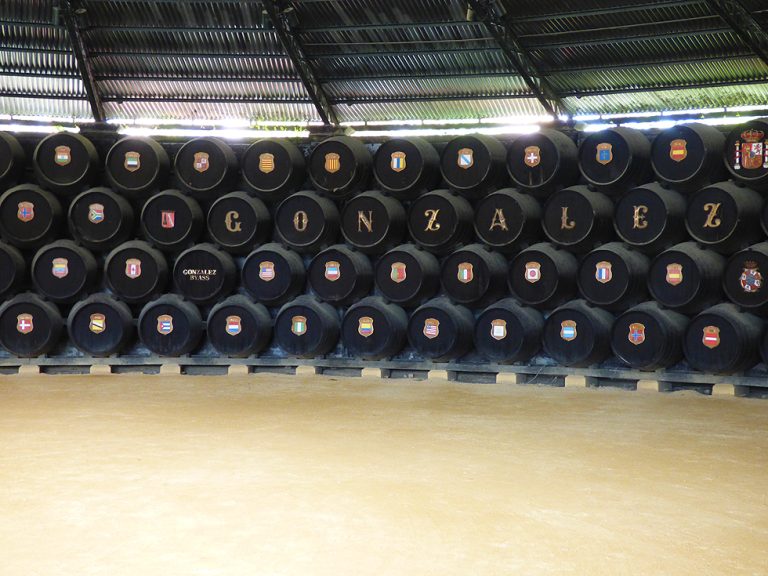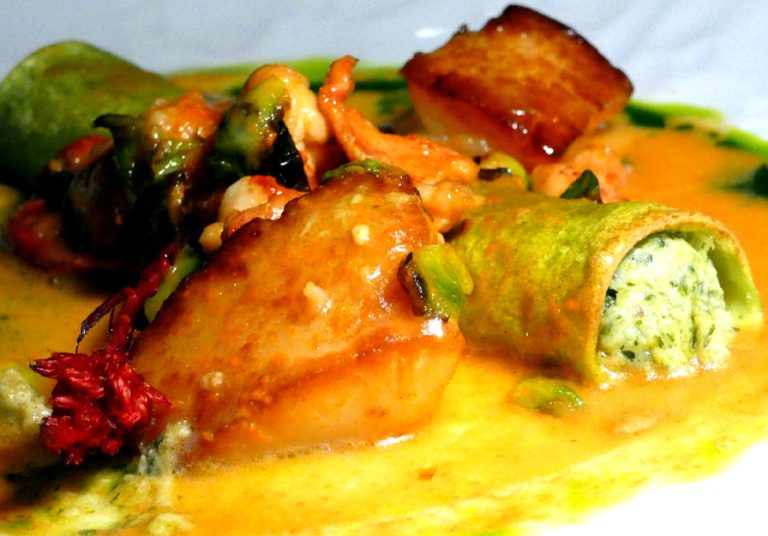Published with permission from LuxuryWeb Magazine
Sherry stands out as one of the magnificent fortified wines emerging from the Iberian Peninsula — particularly from the viticultural maritime region of Jerez — where it is primarily made from white grapes. In contrast, its Iberian cousin, Port, hails from Portugal’s northwestern Atlantic coastline, predominantly produced from red grapes cultivated along the vineyards of the Douro River.
The winemaking tradition in Jerez extends back more than 3,000 years. The region’s distinct climatic conditions provide the perfect environment for growing the specific grape varieties used to craft sherry: Palomino for the dryer styles, and Pedro Ximénez and Muscatel for the sweeter versions.
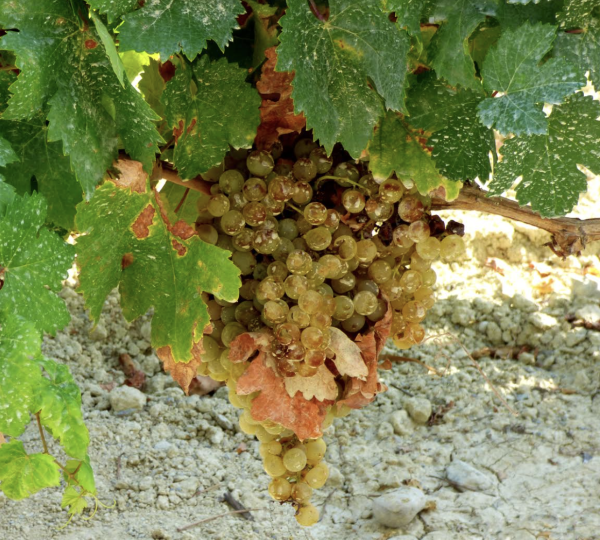
Sherry manifests in three distinct styles: the dry sherry wine (Vino Generoso), the naturally sweet wine (Vino Dulce Naturale), and the sweet sherry wine (Vino Generoso de Licor). Each type is produced using the Solera method, a dynamic aging process involving a series of casks arranged in tiers. New wine is added to casks at the top tier, while mature wine for bottling is drawn from the bottom tier, ensuring a consistent blend through gradual mixing over time.
In the realm of dry Sherries, complete fermentation of the must leads to minimal residual sugar, resulting in five distinctive styles: Fino, Manzanilla, Amontillado, Oloroso, and Palo Cortado.
An elaborate aging process
Success
You are now signed up for our newsletter
Success
Check your email to complete sign up
Fino is characterized by its aging process inside American Oak butts, under a protective layer of yeast called the “veil of flor,” which shields it from oxidation. This results in a very pale, straw-yellow hue and imparts a fresh, crisp aroma with almond undertones, attributed to the constant interaction between the wine and the yeasts. Fino is noted for its very dry taste and low acidity, typically containing about 15% alcohol.
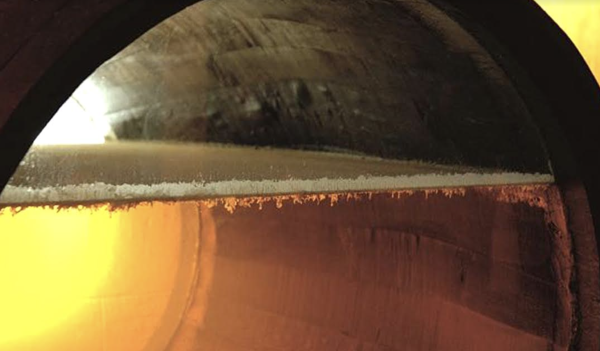
Amontillado shares the initial production steps with Fino but is aged further without the veil of flor, leading to exposure to oxidation. This process imparts a golden to mahogany color, a gentle hazelnut-scented nose, and a structured, dry palate with spicy and wooden notes, culminating in a persistent finish. The alcohol content in Amontillado usually ranges between 17 and 20 percent.
Manzanilla, a unique variation of Fino, is an exclusively designated DOC sherry known as “Manzanilla de Sanlúcar de Barrameda.” It is crafted from Palomino grapes and shares the aging process under the flor layer. A certain degree of oxidation is permitted, adding complexity to the wine. Notable for its bright, pale straw color and its sharp, lightly briny, and delicate bouquet with floral hints of chamomile, almonds, and dough, Manzanilla offers a dry and fresh taste. Its coastal origin imparts distinct characteristics, setting it apart from other Finos.

Oloroso stands apart as a rich, oxidized wine from Andalucia, known for its nutty and caramelized nuances. Unlike other Sherries, Oloroso begins its fermentation process at approximately 11 percent alcohol, before being fortified. This higher alcohol content inhibits the growth of flor yeast, giving Oloroso its unique dried fruit and woody profile. This style has recently seen a surge in popularity, despite its centuries-old history.
A notable example is Lustau’s East India Solera, a sumptuous sherry combining 80% Oloroso and 20% Pedro Ximénez, aged separately for around 12 years. This particular blend pays homage to the historic East India Company, famous for transporting luxury goods from the East Indies to England. Sherry, being a fortified wine with longevity, was a staple for the crew during their long voyages.
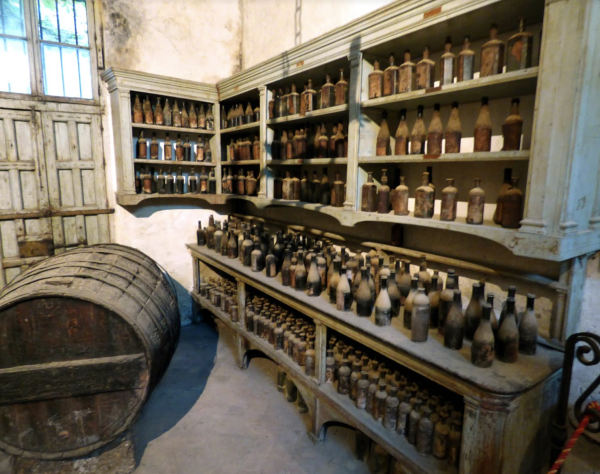
A distinguished taste
Lustau itself is a distinguished bodega, tracing its roots back to 1896 when José Ruiz-Berdejo began tending to his family’s vineyards. Over the years, under the stewardship of subsequent generations, the winery expanded and solidified its reputation, especially after merging with Luis Caballero in 1990. Today, the East India Solera stands as one of the most cherished sipping sherries available in the U.S.
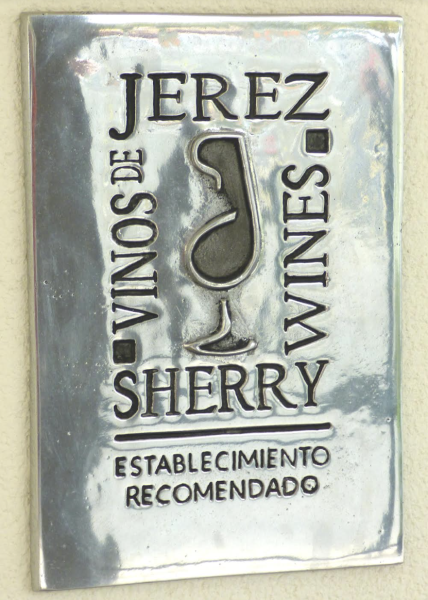
Pairing excellently with tapas, dry sherries serve as an exceptional aperitif, complementing an array of small, flavorful dishes from meatballs in sauce to Pulpo a la Gallega or Tortilla Española. In Spain, the practice of “tapear” involves wandering from one establishment to another, savoring the best tapas paired with a fino or an amontillado. This culinary journey offers a rich dining experience for a modest price. The Sherry Producers Association even bestows plaques of distinction to establishments offering the finest tapas.
In addition to dry sherries, the region also produces exquisite sweet sherries, primarily from Pedro Ximénez and Moscatel grapes. These will be the subject of a future exploration into the sweeter side of sherry.
Visit LuxuryWeb Magazine to see the original article and more.



